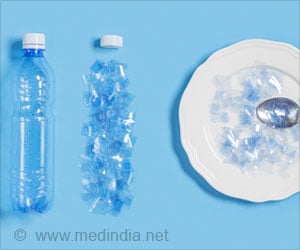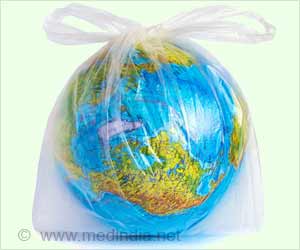Commercial aquatic plants grown in constructed wetlands (CWs) are being touted as inexpensive, low-technology approaches for treating agricultural, industrial, and municipal wastewater .
Commercial aquatic plants grown in constructed wetlands (CWs) are being touted as inexpensive, low-technology approaches for treating agricultural, industrial, and municipal wastewater to comply with increasingly stringent environmental regulations.
CWs, or marshes built to treat contaminated water, incorporate soil and drainage materials, water, plants, and microorganisms."Surface-flow" constructed wetlands resemble shallow freshwater marshes and generally require a large land area for wastewater treatment.
More effective for greenhouse and nursery operations with limited production space and expensive land are a type of constructed wetland called "subsurface flow".
Subsurface flow wetlands consist of a lined or impermeable basin filled with a coarse medium, typically gravel, and wetland plants.
Wastewater flows horizontally or vertically below the surface of the media to prevent exposure to humans or wildlife.
Robert Polomski and his colleagues at Clemson University investigated the nitrogen and phosphorus removal potential by a vegetated, laboratory-scale subsurface flow system.
Advertisement
Over an eight-week period, five commercially available aquatic garden plants received a range of nitrogen and phosphorus that spanned the rates detected in nursery runoff.
Advertisement
Although more research is necessary to address other variables, the study concluded that the use of commercially produced plants in constructed wetlands has the potential to generate revenue for producers.
Source-ANI
SPH









